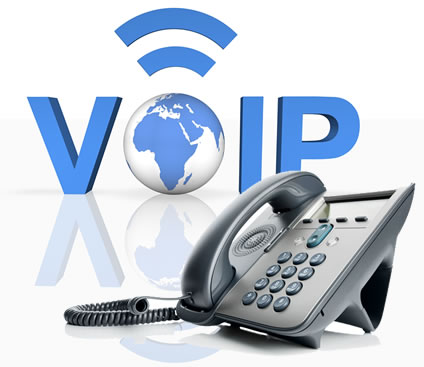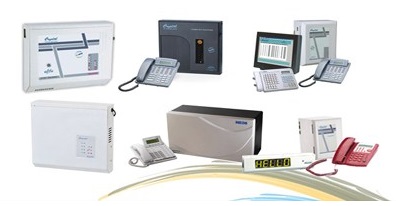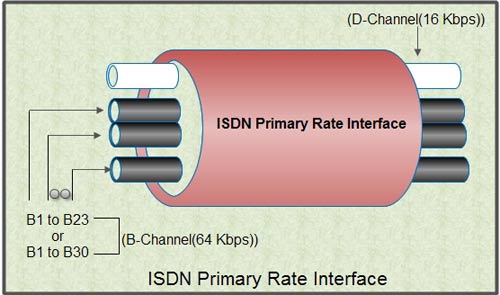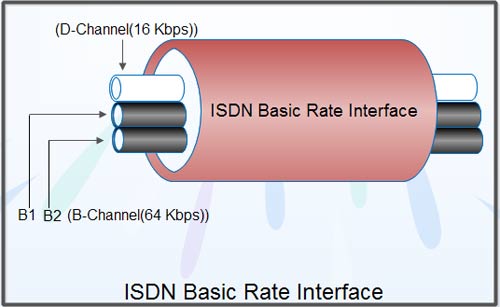



IP telephony (Internet Protocol telephony) is a general term for the technologies that use the Internet Protocol's packet-switched connections to exchange voice, fax, and other forms of information that have traditionally been carried over the dedicated circuit-switched connections of the public switched telephone. Voice over IP technologies for placing and transmitting telephone calls over an IP network, such as the Internet, instead of the traditional public switched telephone network (PSTN).
A mail server is the computerized equivalent of your friendly neighborhood mailman. Every email that is sent passes through a series of mail servers along its way to its intended recipient. Although it may seem like a message is sent instantly - zipping from one PC to another in the blink of an eye - the reality is that a complex series of transfers takes place. Without this series of mail servers, you would only be able to send emails to people whose email address domains matched your own - i.e., you could only send messages from one example.com account to another example.com account. Wireless technology has widely spread lately and you can get connected almost anywhere; at home, at work, in libraries, schools, airports, hotels and even in some restaurants. Wireless networking is known as WiFi or 802.11 networking as it covers the IEEE 802.11 technologies. The major advantage of WiFi is that it is compatible with almost every operating system, game device, and advanced printer


WiFi is a technology that uses radio waves to provide network connectivity. A WiFi connection is established using a wireless adapter to create hotspots - areas in the vicinity of a wireless router that are connected to the network and allow users to access internet services. Once configured, WiFi provides wireless connectivity to your devices by emitting frequencies between 2.4GHz - 5GHz, based on the amount of data on the network.
The electronic private automatic branch exchange (EPABX) is equipment that has made day-to-day working in the offices much simpler, especially in the area of communication.The EPABX may be defined as a switching system that makes available both internal and external stitching functions of any organisation.The selection of an EPBAX is a difficult task and requires deep knowledge of traffic pattern of the office. By using an EPABX both the internal and external needs of the organisation are fully served. With the advent of powerful microprocessors and advancements in the field of computers, the EPBAX can boast of versatile features. Hotline can be established between the boss and his immediate subordinates


Telecommunications interface standard used on an Integrated Services Digital Network (ISDN) for carrying multiple DS0 voice and data transmissions between the network and a user. PRI is the standard for providing telecommunication services to offices. The Primary Rate Interface channels are typically used by medium to large enterprises with digital PBXs to provide them digital access to the Public Switched Telephone Network (PSTN).
Basic Rate Access is an Integrated Services Digital Network (ISDN) configuration intended primarily for use in subscriber lines similar to those that have long been used for voice-grade telephone service.In the Integrated Services Digital Network (ISDN), there are two levels of service: the Basic Rate Interface (BRI), intended for the home and small enterprise, and the Primary Rate Interface (PRI), for larger users.The Basic Rate Interface consists of two 64 Kbps B-channels and one 16 Kbps D-channel. Thus, a Basic Rate Interface user can have up to 128 Kbps service. The Primary Rate Interface consists of 23 B-channels and one 64 Kpbs D-channel in the United States or 30 B-channels
